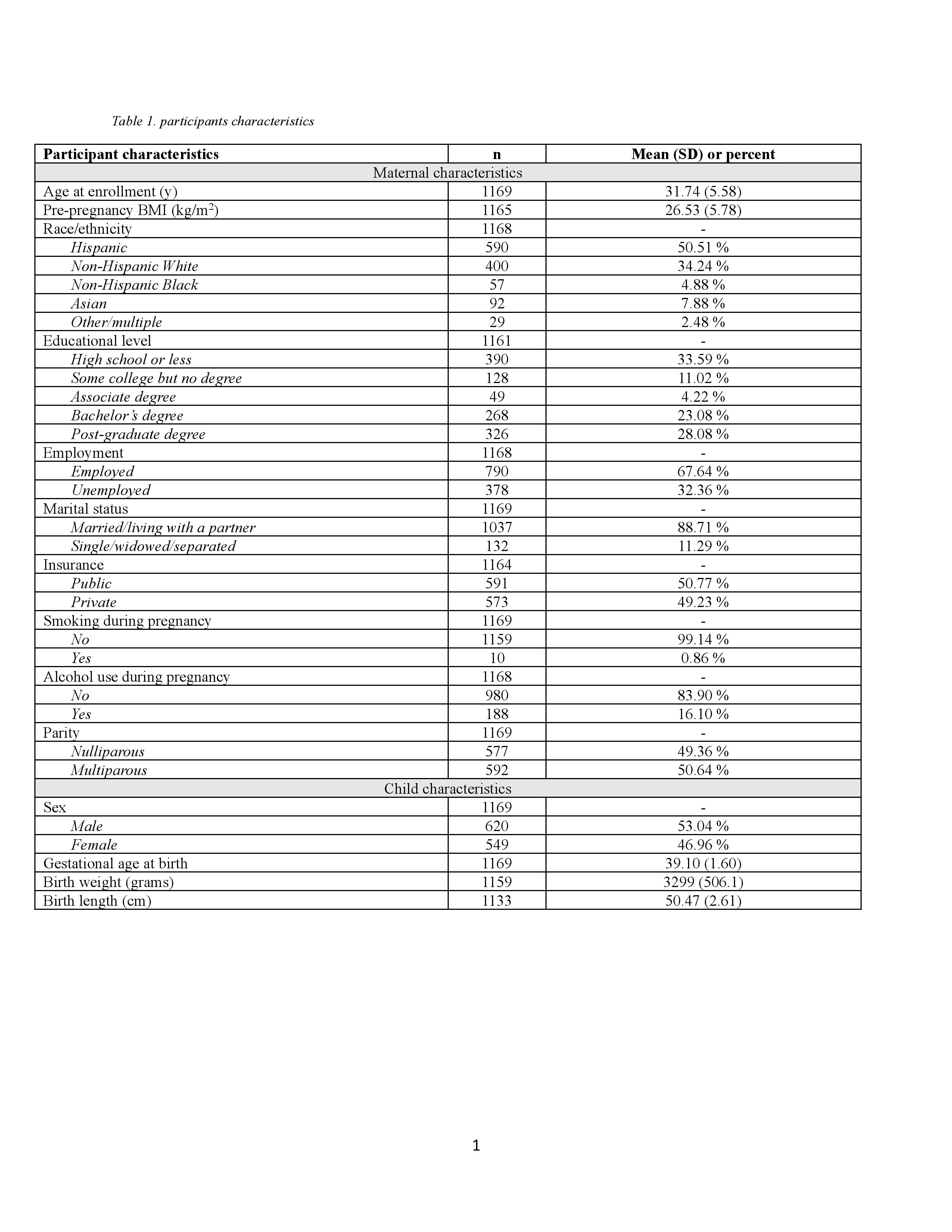Environmental Health 1
Session: Environmental Health 1
453 - Maternal and Cord Blood Adipose Biomarkers and Child Growth from 1 to 7 years: A Longitudinal Study
Sunday, April 27, 2025
8:30am - 10:45am HST
Publication Number: 453.5959
Sarvenaz Shahin, New York University Grossman School of Medicine, New York, NY, United States; Akhgar Ghassabian, New York University Grossman School of Medicine, New York, NY, United States; Yelena Afanasyeva, New York University Grossman School of Medicine, New York, NY, United States; Sara Borghi, NYULH, New York, NY, United States; Leonardo Trasande, Hassenfeld Children's Hospital at NYU Langone, New York, NY, United States

Sarvenaz Shahin, MD-MPH (she/her/hers)
Postdoctoral Research Fellow
New York University Grossman School of Medicine
New York, New York, United States
Presenting Author(s)
Background: Maternal Leptin and Adiponectin during pregnancy play a key role in fetal growth. However, the role of these biomarkers of maternal adipose health in the developmental programming of growth and obesity later in life is largely unknown.
Objective: To study the association of Adiponectin and Leptin levels during pregnancy and child growth measures from ages 1 to 7.
Design/Methods: In NYU Children’s Health and Environment Study (2016-2021, n=1169), we measured Adiponectin (µg/mL) and Leptin (ng/mL) levels in serum samples of pregnant participants during early- and mid-pregnancy (up to 25 weeks). We used Adiponectin-to-Leptin (A/L) ratio as an indicator of adipose tissue dysfunction. We also measured cord blood Leptin. Birth weight and length were obtained from electronic health records and children’s weight and length/height were measured during in-person visits at 1, 2, 3-5, and 5-7 years. We used linear mixed models to assess associations between the biomarkers and repeated child weight, length/height, and body mass index (BMI) z-scores, as well as the binary outcome of overweight/obesity (BMI z-score>1). We conducted linear regressions for the association of the biomarkers with birth measurements. Additionally, we ran the models stratified by small-, appropriate- and large-for-gestational age. We adjusted for maternal BMI and other health-related factors, socioeconomic status, and biomarker measurement time.
Results: In univariate analyses, maternal Leptin was associated with higher overall weight (ß=0.01, 95%:0.0002, 0.01) and BMI (ß=0.01, 95%: 0.002, 0.01) z-scores. Maternal A/L was inversely associated with BMI z-scores (ß=-0.04, 95%: -0.06, -0.01). However, after adjusting for maternal BMI and other covariates, the associations were no longer significant. We found similar findings in binary outcome models, with the results changing to null after adjusting for covariates. Cord blood Leptin was associated with birth weight (ß per unit increase in Leptin=0.003, 95%CI: 0.001, 0.005) and length (ß=0.004, 95%: 0.001, 0.007) z-scores after adjustment. In adjusted visit-specific analyses, higher maternal Adiponectin (ß=0.01, 95%:0.002, 0.01) and A/L (ß=0.15, 95%:0.04, 0.25) were associated with higher height z-scores at age 5-7 years. Stratified analyses yielded null results.
Conclusion(s): This large, diverse sample of children in NYC provides limited evidence of an association between maternal adipose health biomarkers and child growth independent of maternal BMI. However, Adiponectin was linked to higher height z-scores at age 5-7, suggesting a possible role in the developmental programming of growth.
Characteristics of the study participants included in the analytic sample


